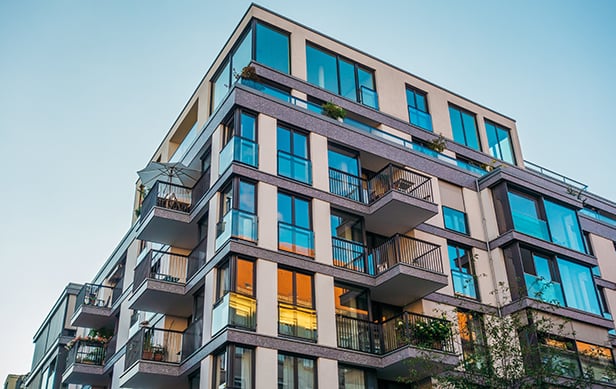HOUSTON--Kyle Drake is president and founder of Drake Realty Group LLC, and has more than 12 years of experience in the industry. GlobeSt.com's Anna Caplan recently spoke with Drake about multifamily in Houston.
GlobeSt.com: What is the state of multifamily in Houston right now?
Drake: Multifamily in Houston has gone through a precipitous change since fourth quarter 2014. Currently, Drake Realty Group is seeing many developers and their respective capital partners come back to Houston, but only in certain core infill submarkets, and with a specific product type and more stringent underwriting. For example, the Museum District and Galleria submarkets are discussed daily for future new development, and are some of the few areas that endured the recent downturn.
How does it compare to Dallas/Fort Worth and Austin?
Drake: DFW, Austin and Houston have been the top three markets in Texas and some of the strongest markets nationally for some time. The DFW and Austin markets have moved ahead of Houston due to the fact that they were not affected by the oil crisis as much as Houston. Both markets were very strong prior to the downturn, however, developers and investors who aggressively pursued opportunities in Houston have since focused more of their attention on these already proven markets. In addition, both DFW and Austin continue to have strong job growth and high demand for multifamily product.
GlobeSt.com: Is the current situation cyclical, something the city has seen in the past?
Drake: All markets are cyclical, and while we experienced a similar crash in the mid-1980's the current situation is very different. The 1986 crisis was magnified by the savings and loan bust and the Houston economy was not diversified enough to rebound. Today, Houston has a stronger overall economy and the emergence of shale production has changed the landscape.
GlobeSt.com: Why is Houston dealing with a decline/downturn in this sector?
Drake: The massive drop in oil prices approximately seven months ago has changed Houston's multifamily fundamentals significantly. Prior to the decline in oil, Houston added 125,000 jobs in a 12 month period. Expectations for 2015 are approximately half that amount. This, coupled with the already increasing supply of multifamily product creates an imbalance in the supply and demand within the Houston market.
GlobeSt.com: What are some trends pre-oil "crisis" that you have noted in the sector, and what is the near future hold, if you could prognosticate.
Drake: Prior to the oil crisis, Houston was one of the top markets nationally for multifamily development and opportunities. The city experienced strong job growth, high demand for new development, aggressive land prices, annual effective rent growth of 5.3 percent, average occupancy of 94.5 percent, fierce competition amongst developers and investors, a significant increase in high-rise product, and a strong overall economy. We expect to see increased activity in core submarkets of Houston that are insulated from market risk. Though I don't see Houston getting back to where it was at the peak of 2014 right away, we are excited to see an increase in demand for new multifamily opportunities moving forward.
© Touchpoint Markets, All Rights Reserved. Request academic re-use from www.copyright.com. All other uses, submit a request to [email protected]. For more inforrmation visit Asset & Logo Licensing.






